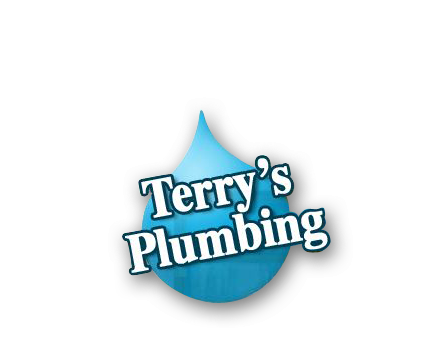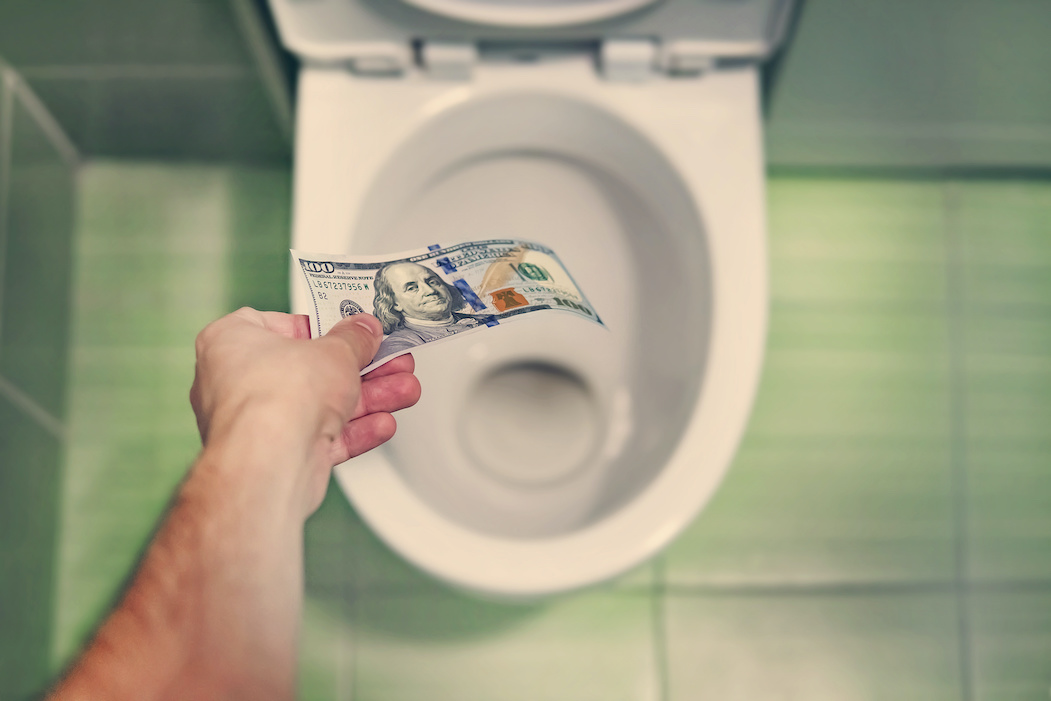 (412) 364-9114
(412) 364-9114

Dealing with a clogged toilet can be frustrating, but before calling a plumber, there are several effective DIY methods you can try. Whether the blockage is caused by excess toilet paper, organic waste, or even an unexpected object, the right technique can help restore proper flushing without professional assistance. From using a flange plunger to natural cleaning solutions and even a wet and dry vacuum, we’ll walk you through six tried and true ways to unclog your toilet—so you can get things flowing again in no time.
A flange plunger differs from traditional plungers in that they have a smaller cup at the end, specifically designed to fit neatly inside a typical toilet drain. To use a flange plunger, carefully place it directly into the toilet bowl, ensuring it covers the drain completely to create a good seal. Push down slowly on the plunger, then pull it back up. Repeat this two or three times to help dislodge the clog. Finally, flush the toilet to see if the blockage has cleared.
NOTE: It’s a good idea to keep two plungers: a flange plunger for the toilet and a separate cup plunger for your sinks and shower. This helps stop the spread of germs.
The oldest trick in the book, but it does work very well.
Start by heating approximately a gallon of water. While the water heats, add half a cup of dish soap to the toilet. Once the water is hot but not boiling, pour it down the toilet. Leave it to sit for ten minutes, then flush the toilet to see if the blockage has cleared.
A great alternative to harsh cleaning chemicals. When you mix them, they’ll create a chemical reaction that can help dislodge the blockage, allowing you to safely flush away the clogged material. First, grab a container and mix one cup of baking soda with two cups of water. Then, carefully pour the mixture into the toilet. This allows the baking soda to be distributed more evenly within the plumbing. After, add two cups of white vinegar, wait 30 minutes, then give the toilet a flush and you should have cleared the blockage.
Enzyme products can be another handy option for tackling clogs. They break down organic matter in septic tanks, and can help dissolve things like food scraps and toilet paper. You can find enzyme products in most grocery and hardware stores, and they usually come with instructions on how much to use.
It’s important to remember that these treatments are most effective for organic waste, like food scraps or toilet paper. If the blockage is caused by something else, these products won’t be able to break it down.
If there is a small object blocking the toilet, like a bathroom product or kid’s toy, then getting in there with your hands might be the most effective, although certainly least favourable option. Wear gloves with long arms, and to avoid any eye infections, wear eye protection against any accidental splashes.
If all else fails and you’re dealing with a troublesome clog, a wet and dry vacuum cleaner could be your next option. Unlike your standard hoover, these machines are designed to handle liquids and other wet materials, making them perfect for tackling blocked drains. Start by placing the nozzle of the wet vacuum into the toilet and turn it on to remove as much of the standing water as possible. Once you’ve sucked up most of the water, stick the vacuum against the toilet drain. You want to create a seal, just like you would with a plunger. Once secure, turn on the machine. This should hopefully dislodge the blockage from the pipe, allowing your toilet to flush freely once more.
A clogged toilet doesn’t have to disrupt your day. With the right tools and techniques you can tackle the problem efficiently. Remember to use caution, wear protective gear when necessary, and avoid methods that could damage your toilet. If none of these solutions work, it may be time to call in a professional. But in most cases, these DIY fixes will save you time, money, and stress. Happy unclogging!